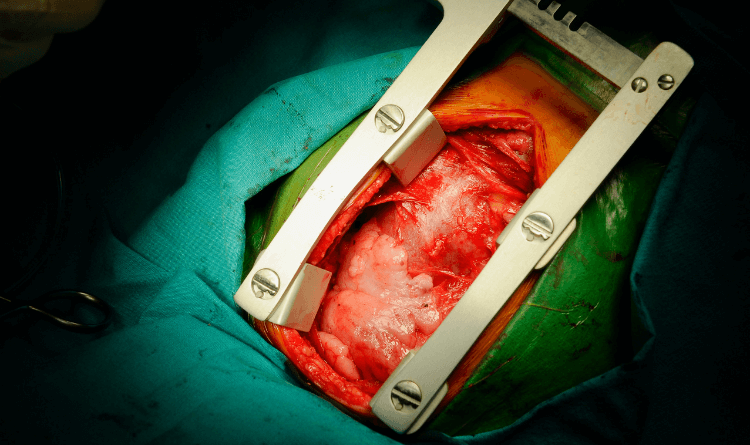Cardiac Anesthesiologist
Feedspot
Continuous Normokalemic Coronary Perfusion:
Empty Beating Heart
Early intracardiac procedures were performed on normothermic, perfused, empty beating hearts. Experimental studies initially suggested that this method maintained “normal left ventricular function” for up to 3 hours of cardiopulmonary bypass (CPB) with the heart empty and beating.
However, current evidence shows this approach has limitations. Water accumulates in the myocardium during CPB, reducing ventricular distensibility by about 50% after 3 hours and leading to abnormal coronary blood distribution. Changes in myocardial compressive forces and left ventricular geometry can hinder intracoronary collateral flow to potentially ischemic areas. Reports indicate a 15% incidence of transmural myocardial infarction with individual coronary artery perfusion during aortic valve replacement, with 70% of patients showing signs of myocardial necrosis—comparable to those undergoing cold ischemic arrest.
Despite these issues, this method can be effective for various procedures and may be combined with other myocardial management techniques. For instance, in elderly patients or those with significant aortic arteriosclerosis, CABG using both internal thoracic arteries can be performed with stabilizers and peripheral cannulation without aortic clamping. This “no-touch” technique has been shown to reduce intraoperative and postoperative strokes.
Mild or moderate hypothermia is often used with this method. McGoon and colleagues reported successful outcomes in 100 consecutive isolated aortic valve replacements using this approach, with no hospital deaths, demonstrating its potential for good results when properly applied.
For aortic valve surgery, individual coronary artery cannulation is essential to perfuse a beating heart. After establishing cardiopulmonary bypass (CPB) and clamping the aorta, small cannulae are inserted into the right and left coronary ostia to deliver blood through separate pumps. The tips of these cannulae are 3 to 4 mm long.



Leave a Reply
You must be logged in to post a comment.